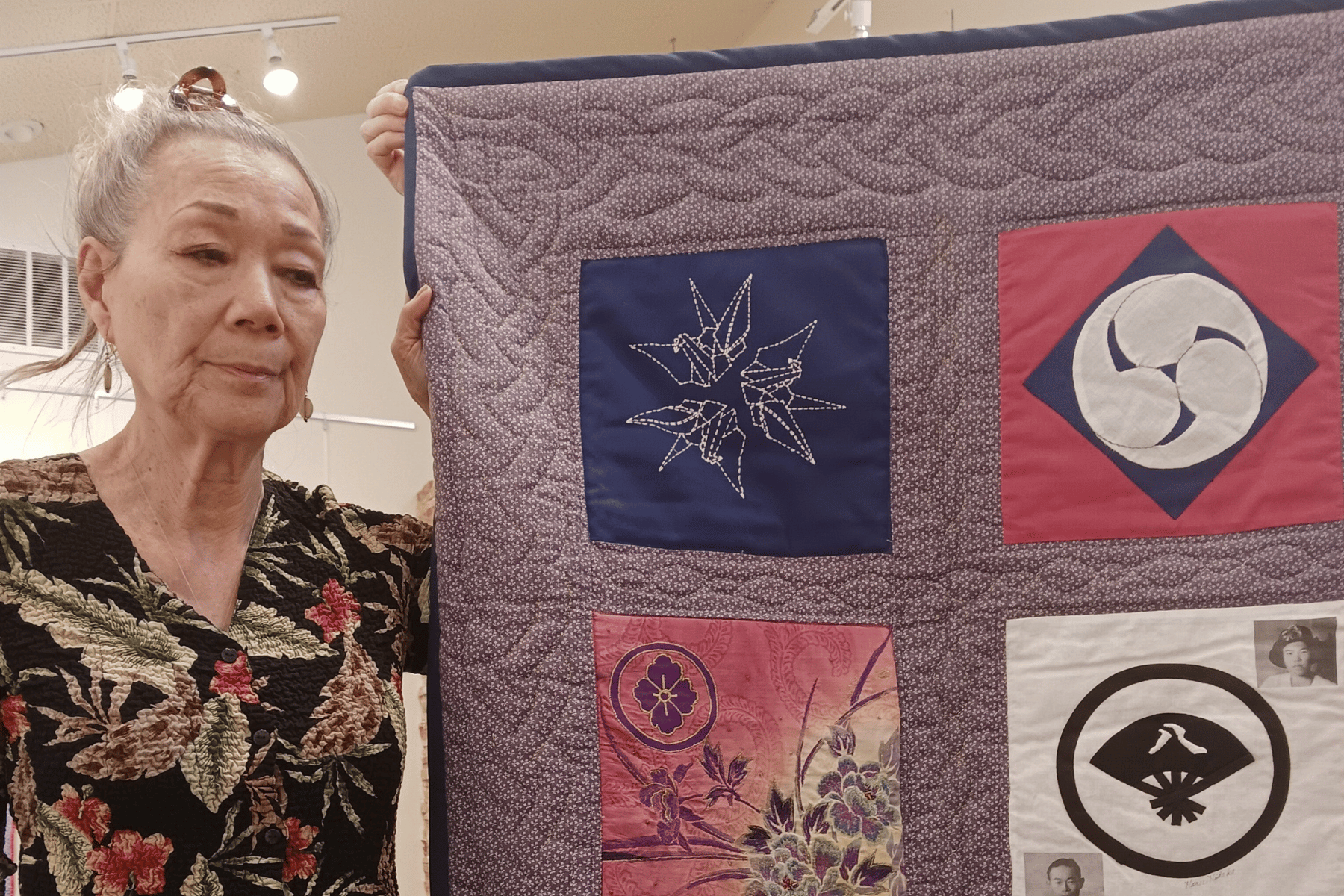
Cherry Creek High School student Krithik Ramesh wasn't afraid to game the system a bit to maximize his high score in the video game "Just Dance."
But that gaming the system didn't just result in super-starring the "Hips Don't Lie" dance routine. It also led Ramesh to a prestigious science award, thousands of dollars and the potential to revolutionize spinal surgery.
Ramesh won the top prize and $75,000 at Intel's International Science and Engineering Fair earlier in May for developing augmented reality goggles meant to help orthopedic surgeons.
Inspiration struck when Ramesh, 16, couldn't perfectly match the moves inspired by belly-dancing master Shakira.
"I actually struggled a lot with that song. It's just a really hard song. I was trying to figure out how the motion capture system worked for certain parts, so that I could figure out how to better move to get my score working — you know, instead of actually just trying to learn the song," he said.
In the process of unlocking the Kinect game's motion capture system, he became obsessed with how the camera tracked the movement of a player's spine. Combine that with Ramesh's habit of reading medical journals, and the idea for the goggles was sparked.
Ramesh learned from the University of Minnesota research that the placement of pedicle screws — the kind that go into your spine during surgery — was only 76 percent accurate with a fluoroscope, the current way doctors see inside your spine. Fluoroscope technology also has nasty, potentially life-long side effects.
"When I read about that fluoroscope, I was like, hmm, how can we eliminate this? I was just wondering, what if I apply the motion capture system that works on the Kinect, and try to apply that to radiology," he said. "So then you can predict biomechanics based off of a stationary image. So looking at radiology, not as a static image, but more dynamically."

His idea takes the form of what he calls an "Iron Man mask" that surgeons would wear. Like the Marvel superhero, the goggles would display a 3D reconstruction of the patient's spine based on a MRI or CT scan.
"So you can see how their spine is supposed to look after the surgery, and how it looks right now," he said.
Ramesh built his machine-learning algorithm using a database of 2,000 spine photos that accounted for age, gender and congenital factors. When development was completed, he sent the goggles to radiologists and neurosurgeons to run sample test cases. His algorithm was 98.6 percent accurate.
It's that strong potential for a real-world impact that scored Ramesh the top prize at the Intel International Science and Engineering Fair, said Maya Ajmera, judge and president of the Society for Science and the Public.
The project could, "decrease the operating time by at least 30 minutes and reduce physical therapy recovery time by four weeks," she said.
Ramesh has been inventing since elementary school, impressing the judges at science fairs with his go's at solar panel blinds and at-home, miniature wind tunnels to test his obsessions with engineering and aeronautics.
"This is just like the amalgamation of all of that knowledge," he said.
Ramesh plans to use the $75,000 prize money for college. For now, he's leaning toward Stanford.
And while he forgot some of the moves while studying for finals, Ramesh said performing a dance routine is still his "moment of cartharsis."
"I've actually mega-starred some of the other songs, but this was honestly the hardest song," he said. "So I have the most appreciation for it."









